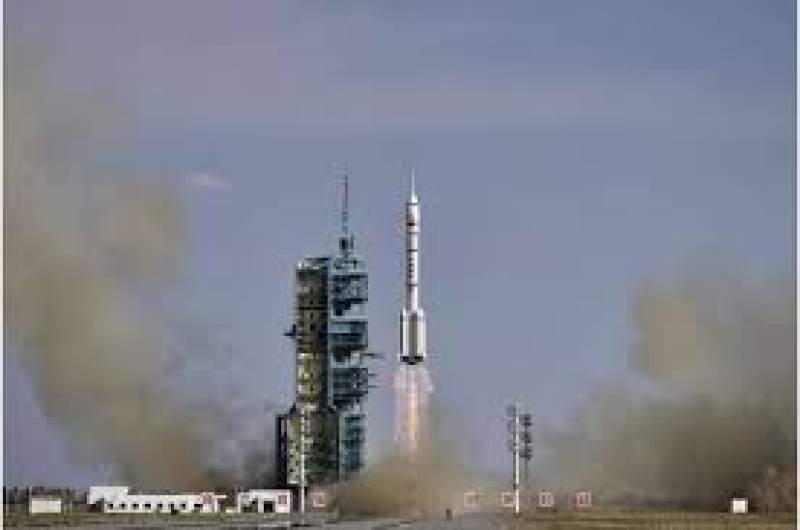- Security Council Divided on United States' Venezuela Action |
- Over 1.53m voters register for postal balloting: Shafiqul Alam |
- Bangladesh Bank to liquidate 9 NBFIs in financial sector reforms |
- Govt Moves to Clear Tk20,000cr Dues to Avoid Summer Outages |
- Maduro Pleads Not Guilty in US Court, Claims Presidency |
Chinese Spacecraft Docks With Tiangong in Crew Rotation

spacecraft carrying three astronauts successfully docked with the Tiangong space station on Thursday, marking the latest crew rotation and a continued step toward China’s broader ambitions for lunar and Mars exploration.
The Shenzhou 20 mission launched at 5:17 p.m. local time (0917 GMT) aboard a Long March 2F rocket from the Jiuquan Satellite Launch Center, located on the edge of the Gobi Desert in northwestern China. It docked with the space station approximately 6.5 hours later, the China Manned Space Agency confirmed.
The new crew will spend roughly six months aboard the station, replacing the current team of astronauts who have been in orbit since October. A brief handover period will take place before the outgoing crew returns to Earth on April 29. Tiangong—meaning “Heavenly Palace”—can support up to six astronauts during these rotations.
Commanding the mission is veteran astronaut Chen Dong, making his third spaceflight. He is joined by Chen Zhongrui, a former fighter pilot, and Wang Jie, an engineer. Both are on their first missions. This Shenzhou crew, notably, consists entirely of men—unlike some previous mixed-gender teams.
While in orbit, the astronauts will conduct scientific experiments in medicine and technology, perform spacewalks for station maintenance, and install new equipment.
Fully assembled in 2022, Tiangong has solidified China’s status as a major player in space. The station was built independently after China was excluded from the International Space Station, largely due to U.S. national security concerns. The program is overseen by the People’s Liberation Army, the military branch of the ruling Communist Party.
Tiangong’s advanced capabilities, including robotic arms capable of manipulating objects in orbit, have sparked international concerns about potential military applications, especially in the event of a geopolitical crisis.
Since becoming the third country to send a human into space in 2003, China has rapidly expanded its space program. It has placed a rover on Mars, landed a craft on the moon’s far side, and plans to send astronauts to the moon by 2030.

